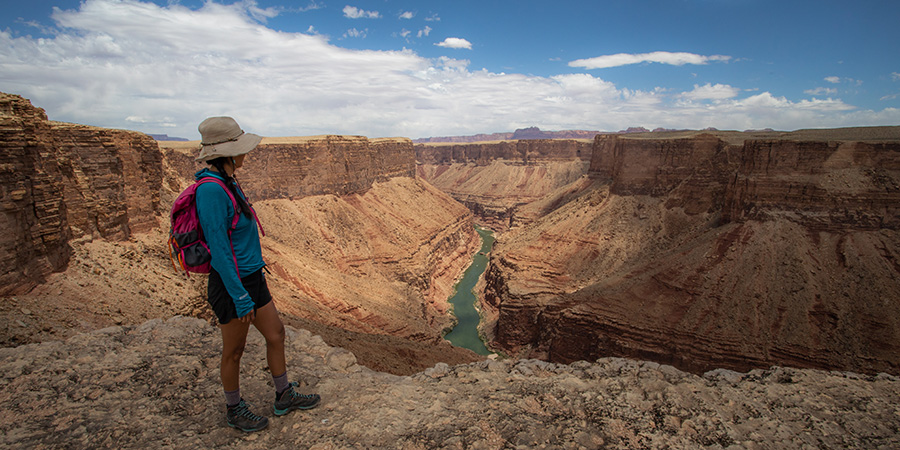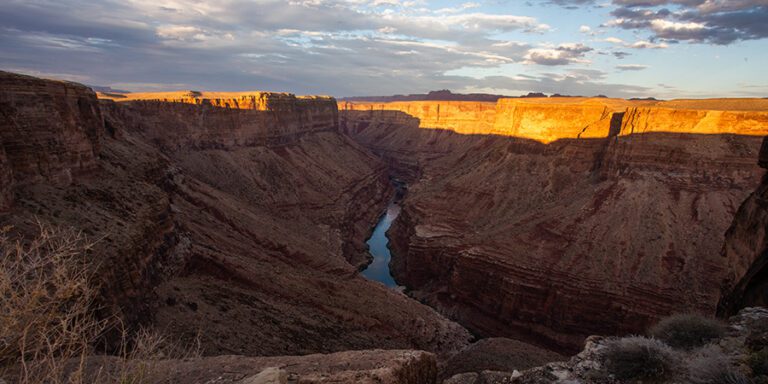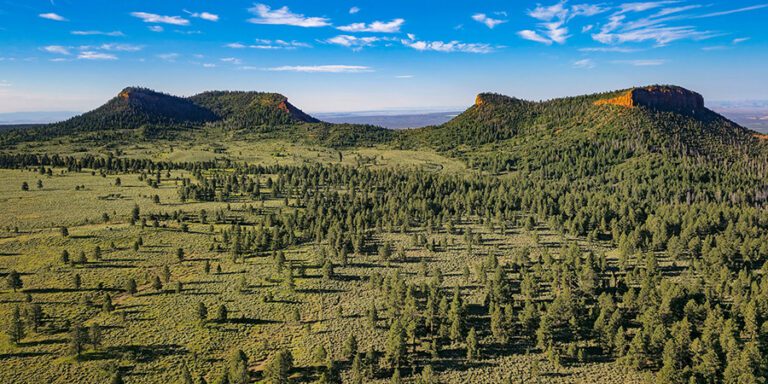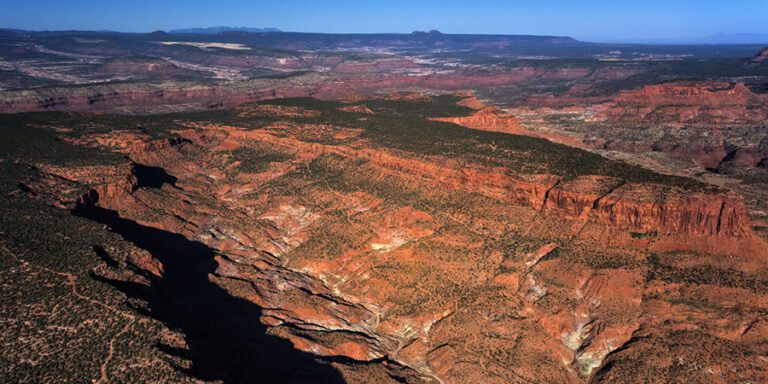
Two lawsuits targeting Baaj Nwaavjo I’tah Kukveni national monument have been dismissed.
National monuments and the Antiquities Act scored another courtroom win on January 27, 2025, when a federal judge in Arizona dismissed two lawsuits challenging the designation of Baaj Nwaavjo I’tah Kukveni – Ancestral Footprints of the Grand Canyon National Monument. The court found that the parties who sued — the Arizona state legislature, Mohave County, a rancher, and others — hadn’t shown that the monument’s designation would cause them the kind of harm necessary to bring a lawsuit in federal court.
What does the court’s ruling mean?
The court dismissed the lawsuits, which brings them to a close. That is unless the losing parties choose to appeal or try to file again in the trial court with different arguments. The Arizona Senate president has said that the legislature will probably appeal, which would land the case before the U.S. Court of Appeals for the 9th Circuit. An appeal would likely be unpopular in the Grand Canyon state, where 80% of voters support Baaj Nwaavjo I’tah Kukveni national monument.
What the court said, in a nutshell
The court’s ruling was based on a concept called “standing.” Standing is a basic requirement, rooted in the U.S. Constitution, for bringing any lawsuit in federal court. To have standing here, the politician plaintiffs and the rancher needed to demonstrate that they were harmed or likely to be harmed by the monument’s designation. But they came up short, the court ruled.
The details of the court’s analysis are nuanced, but the basic insight in the court’s order reflects a commonsense conclusion that the plaintiffs’ complaints about the monument all ring hollow. The court reasoned, for example, that the legislature’s role is to make laws. Yet the kinds of injuries the legislature was claiming to suffer were unrelated to its responsibilities and interests as a lawmaker.
Other arguments, the court found, involved too much speculation to support a claim to standing, like the idea that the monument would cause economic harm to Mohave County or others. And it was not credible, the court held, for the rancher to claim that he feared criminal prosecution were he to accidentally damage an “artifact” or something else the monument protects. After all, the government has never prosecuted someone for accidental damage under the Antiquities Act.
The bigger picture regarding national monument lawsuits
The politicians and the rancher pursuing these lawsuits are paddling against the wind, not only as to the legal doctrine of standing, but also as to the views that Arizonans have about national monuments.
Protecting Baaj Nwaavjo I’tah Kukveni as a national monument was incredibly popular among Arizonans from all political backgrounds. Recent polling shows that four out of five Arizona voters support the monument. An astounding 97% of voters consider national parks and monuments and their natural beauty essential to Arizona. And 88% support a president’s ability to designate other monuments like it under the Antiquities Act.
All Native American tribes in Arizona and all 13 Grand Canyon-affiliated tribes called for and celebrated the monument. So did Arizona’s governor, both Arizona senators, several Arizona congressional representatives, hunting and fishing groups, local elected officials in Coconino County (where the majority of the monument is located), towns including Flagstaff, Payson, and Tusayan, and community members from business owners to runners, bikers, and hikers.
Next steps at Baaj Nwaavjo I’tah Kukveni national monument
The court’s ruling may not end the attempts to undo or downsize the monument. But in the meantime, we hope to see the monument planning process move forward. It’s high time that tribes, counties, federal agencies, and the like begin working together on a management plan that protects this landscape. A management plan is essential to safeguard cultural sites, water resources that flow into the Colorado River, wildlife habitat, plants, and animals while Arizonans and other Americans continue to visit and enjoy these lands.




